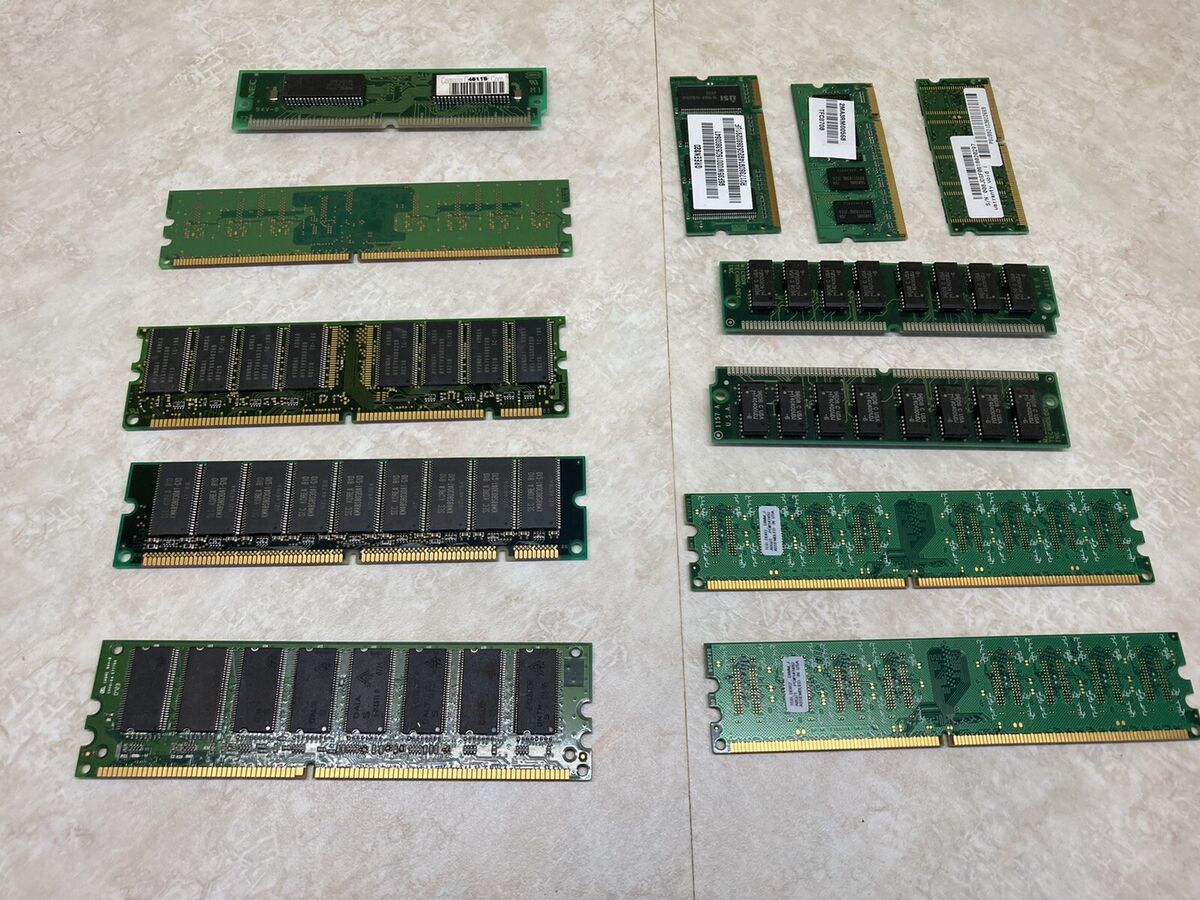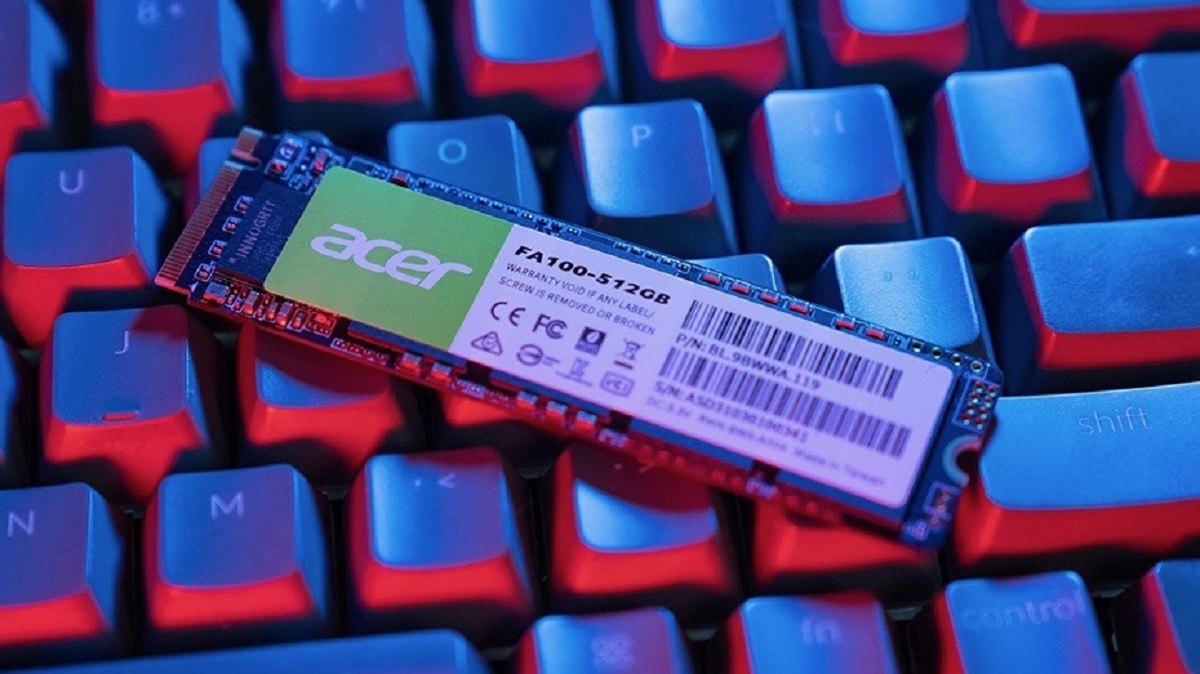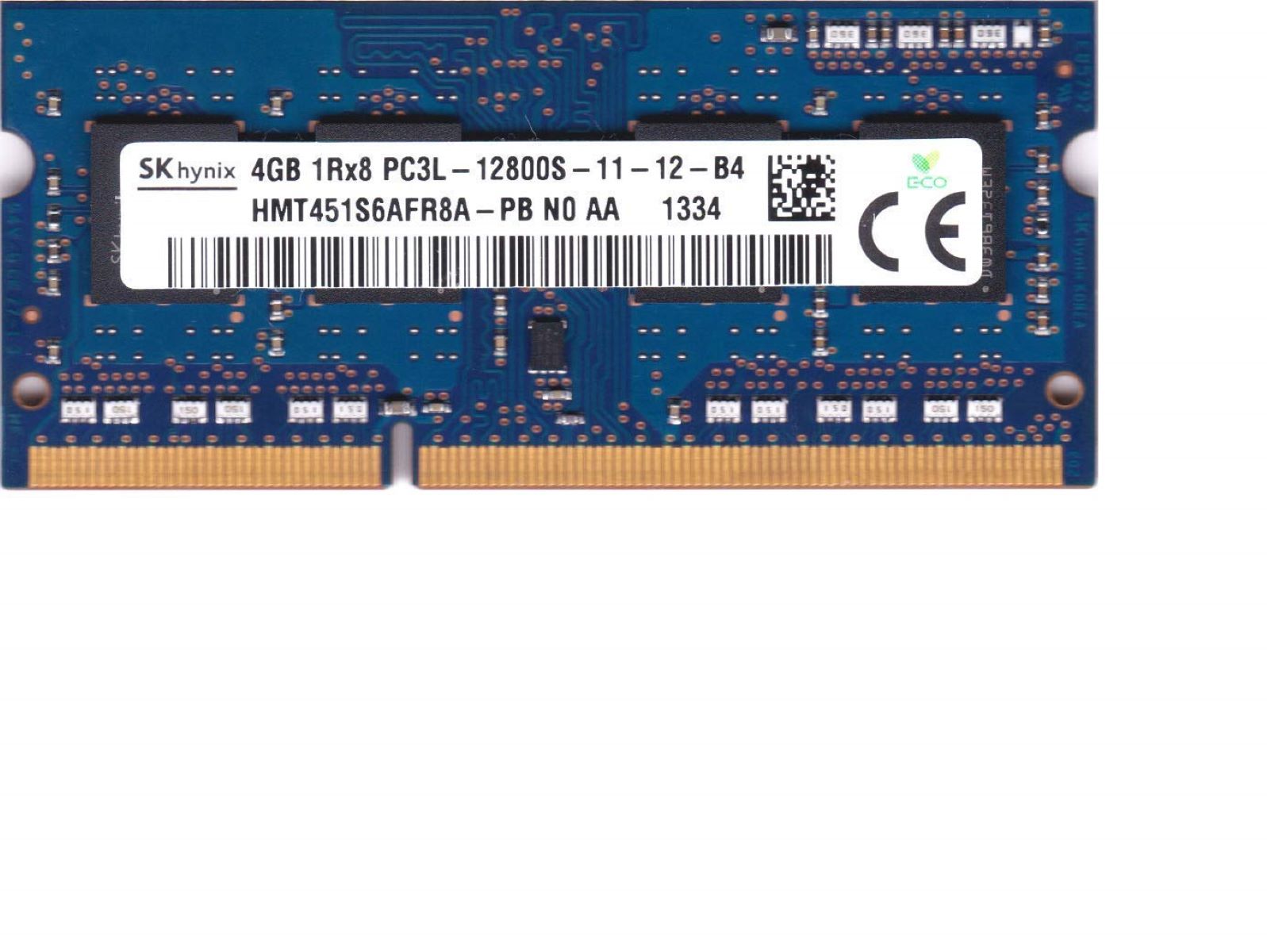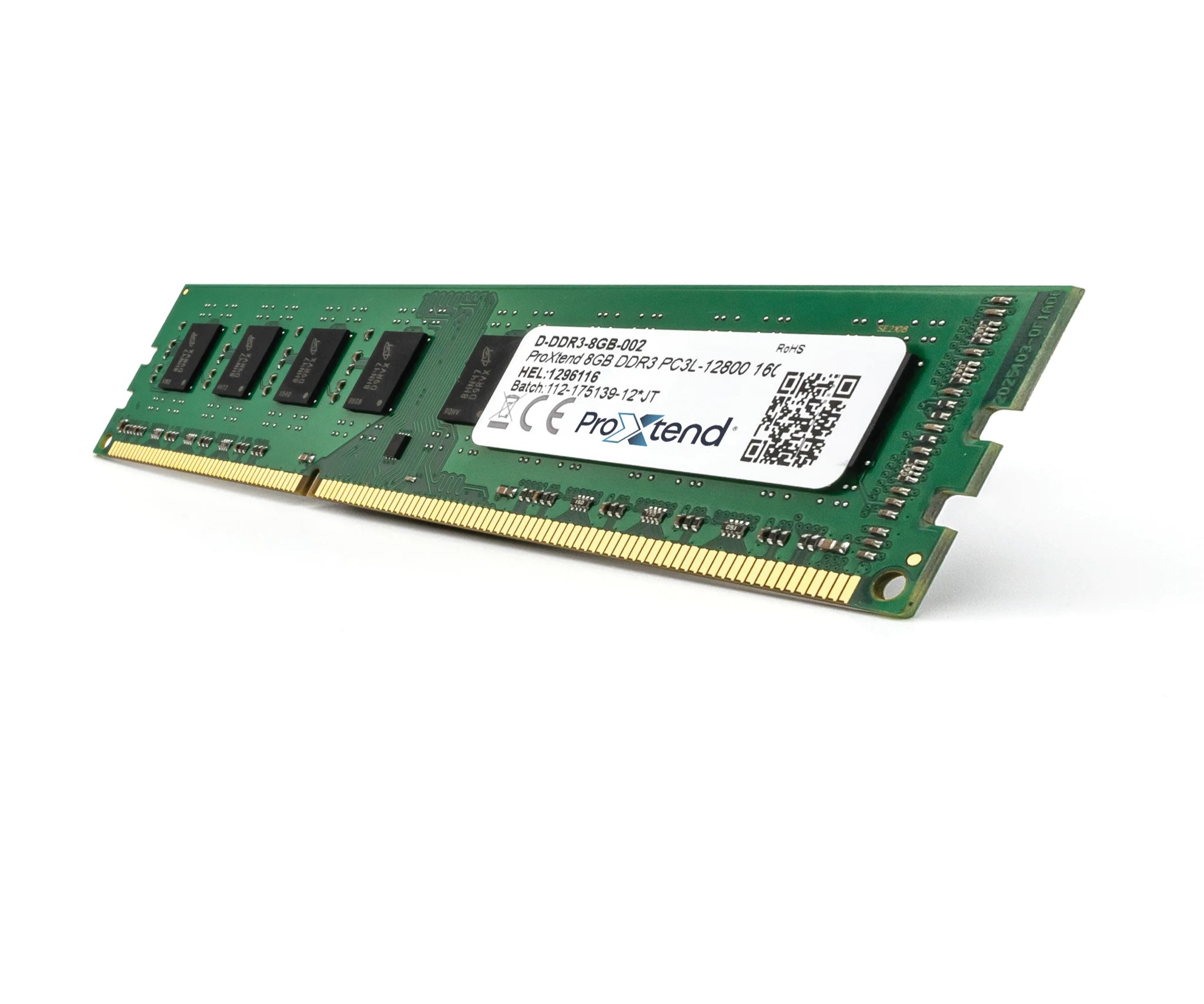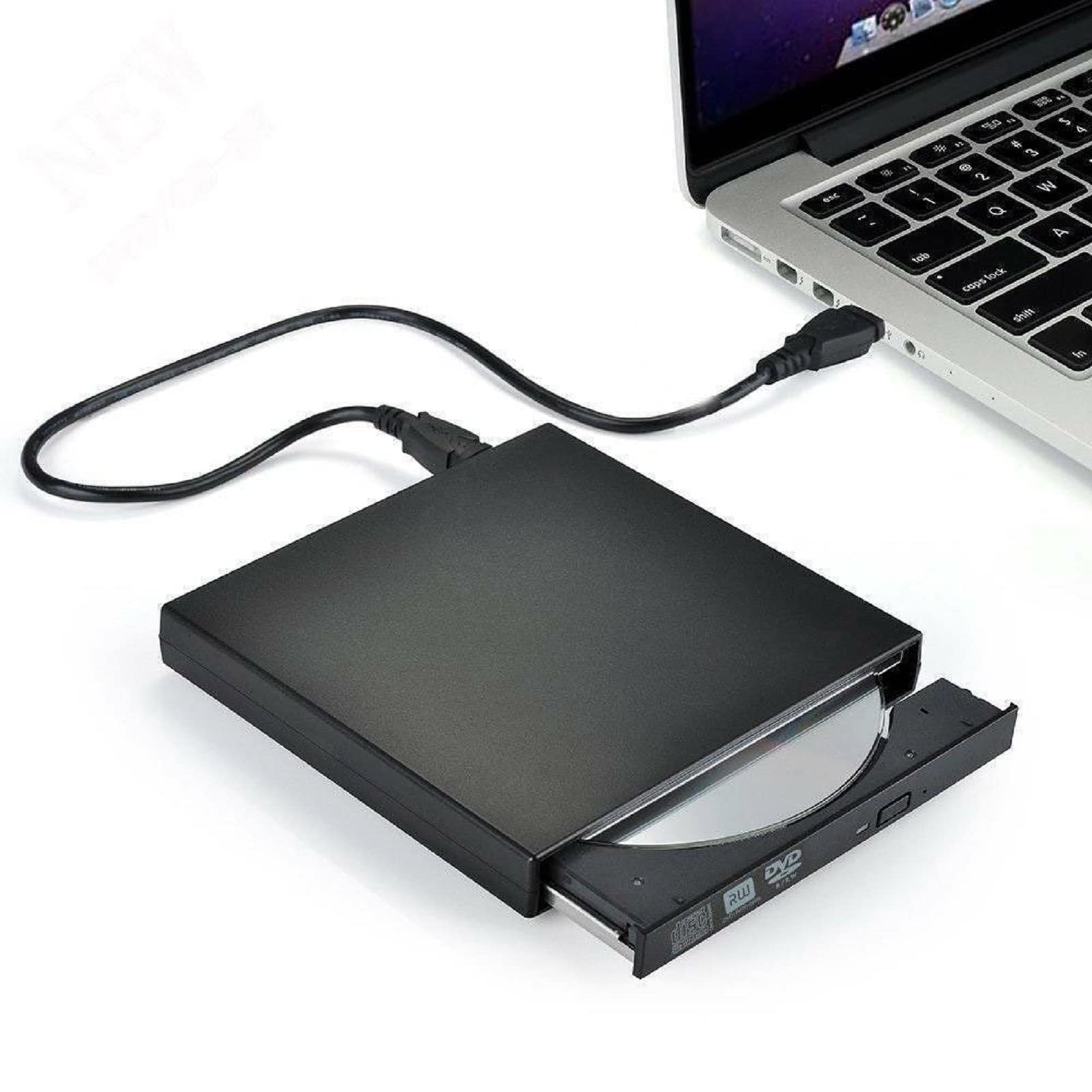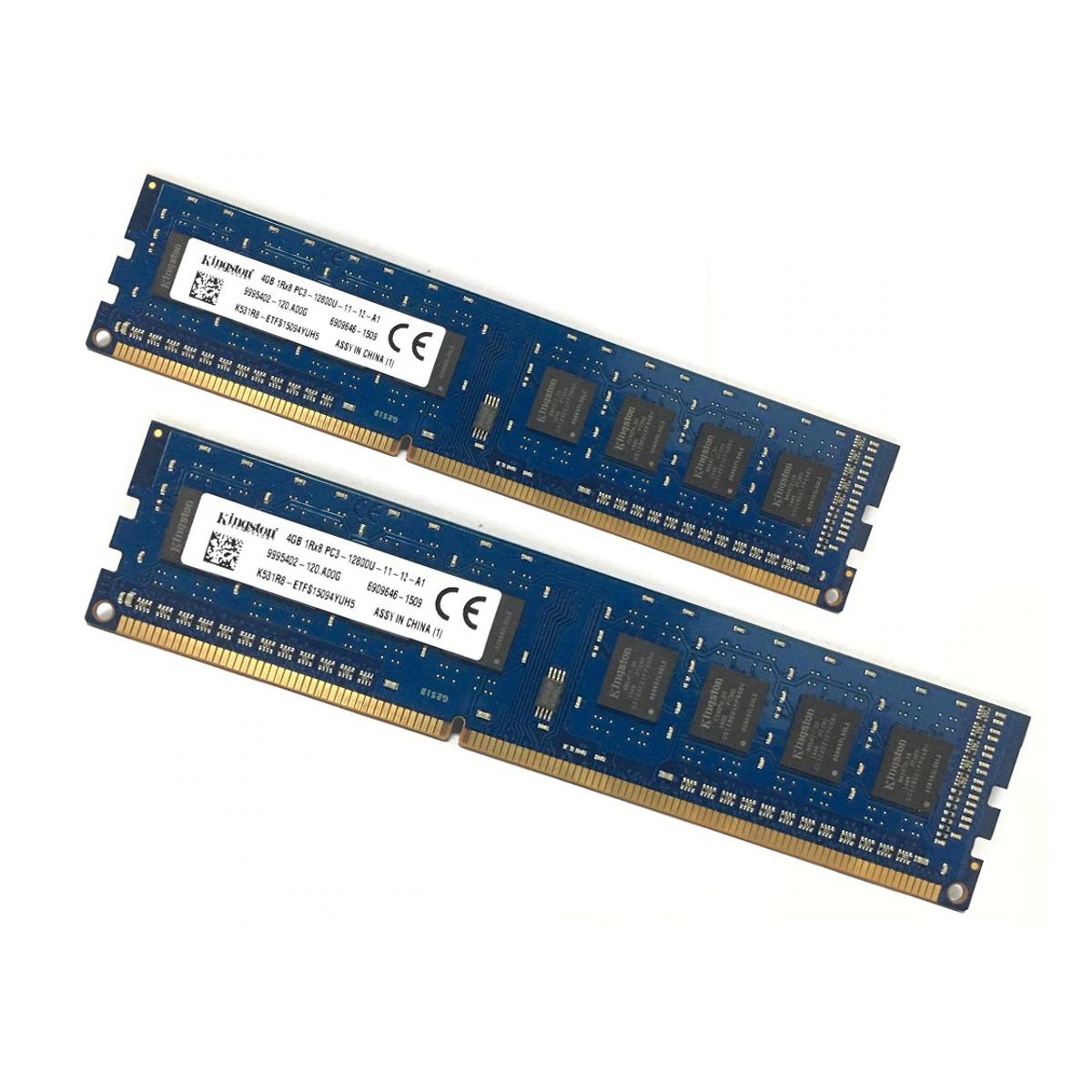Introduction
Shipping RAM, or random access memory, can be a delicate process. When you need to send RAM modules from one location to another, whether it’s for a repair, upgrade, or donation, it’s crucial to ensure they arrive safely and intact. In this guide, we will walk you through the steps to ship RAM securely.
RAM modules are crucial components of a computer, responsible for storing and accessing data quickly. They are sensitive to physical impact and electrostatic discharge, making proper packaging essential to protect them during transportation.
By following the recommended guidelines and using appropriate packaging materials, you can minimize the risk of damage and ensure that your RAM modules reach their destination intact. In the sections to follow, we will discuss the necessary packaging materials, step-by-step instructions for securely packaging your RAM, and choosing the right shipping carrier.
Whether you’re a computer enthusiast, a hardware technician, or an individual sending RAM for any other reason, this guide will provide you with the necessary knowledge to ship your RAM safely and confidently. Let’s dive in!
Packaging Materials Needed
Before you begin packaging your RAM modules for shipping, it’s important to gather the necessary materials to ensure they are properly protected during transit. Here’s a list of essential packaging materials you will need:
- Anti-static bags: These bags are designed to prevent electrostatic discharge, which can damage sensitive electronic components like RAM. Make sure to have enough bags to individually pack each RAM module.
- Bubble wrap: This will provide an extra layer of cushioning and protection against impacts. Choose a size that can fully wrap each RAM module.
- Foam padding: This material is particularly useful for filling any empty spaces inside the shipping box and providing additional shock absorption.
- Sturdy box: Select a box that is slightly larger than the RAM modules to allow space for packing materials. It should be made of durable cardboard to withstand handling during transit.
- Packing tape: Use high-quality packing tape to seal the box securely.
- Address labels: Prepare labels with the shipping address and ensure they are clear and legible.
It’s important to note that while these are the essential materials needed, additional protective packaging materials may be necessary depending on the specific shipping requirements and preferences of the carrier you choose.
By having these materials prepared beforehand, you’ll be ready to securely package your RAM modules and ensure their safe journey to their destination.
Step 1: Remove the RAM modules from your computer
Before you can package and ship your RAM modules, you need to remove them from your computer. Follow these steps to safely remove the RAM:
- Turn off your computer: Shut down your computer completely and ensure it is disconnected from any power source. This will prevent any accidental damage to your RAM modules or computer.
- Open your computer case: Depending on your computer model, you may need to remove screws, slide a panel, or push a latch to access the internal components. Consult your computer’s manual for specific instructions.
- Identify the RAM modules: Locate the RAM slots on your motherboard. They are typically long and rectangular in shape.
- Release the modules: On each side of the RAM module, there will be small metal retaining clips. Carefully push these clips outward to release the module from the slot. Gently pull the module straight out from the slot.
- Handle the RAM modules with care: RAM modules are sensitive to static electricity, so it’s crucial to avoid touching the gold connectors on the bottom. Hold the modules by their edges to minimize the risk of damage.
- Place the modules in anti-static bags: Once removed, immediately place each RAM module into separate anti-static bags. This will protect them from electrostatic discharge during the packaging and shipping process.
By following these steps, you will safely remove your RAM modules from your computer, ensuring they are ready for packaging and shipment. Remember to exercise caution and handle the modules gently to avoid any accidental damage.
Step 2: Wrap each RAM module individually
Once you have removed the RAM modules from your computer and placed them in anti-static bags, the next step is to wrap each module individually. This provides an additional layer of protection against any potential damage during transit. Follow these steps to properly wrap your RAM modules:
- Ensure clean workspace: Start by preparing a clean and static-free workspace. This will help avoid any dust or debris from getting onto your RAM modules.
- Take out a sheet of bubble wrap: Cut a piece of bubble wrap that is large enough to fully wrap your RAM module. The bubble side should face inward.
- Position the RAM module: Place the RAM module on the center of the bubble wrap.
- Wrap the bubble wrap: Fold the sides of the bubble wrap over the RAM module, ensuring it is snugly enclosed. You can secure the bubble wrap with a small piece of tape if needed.
- Repeat for each RAM module: Repeat the above steps for each RAM module, ensuring that every module is individually wrapped in bubble wrap.
By wrapping each RAM module individually in bubble wrap, you are providing an extra layer of cushioning and protection against possible impacts during the shipping process. It also helps to prevent any scratches or damage that may occur if the modules were to come into direct contact with each other. Remember to handle each module carefully and avoid applying excessive pressure.
Step 3: Protect the RAM modules with bubble wrap or foam padding
After wrapping each RAM module individually in bubble wrap, the next crucial step is to provide further protection by adding additional layers of cushioning. This will help absorb any potential shocks or impacts that may occur during transit. Follow these steps to properly protect your RAM modules:
- Prepare foam padding or additional bubble wrap: Cut pieces of foam padding or gather additional bubble wrap to create a protective layer inside the shipping box.
- Line the bottom of the box: Place a layer of foam padding or bubble wrap on the bottom of the shipping box. This will create a soft base for your RAM modules.
- Arrange the wrapped RAM modules: Carefully place the individually wrapped RAM modules on top of the foam padding or bubble wrap inside the box. Ensure they are arranged in a way that minimizes movement and provides a snug fit.
- Add more foam padding or bubble wrap: Fill any gaps and empty spaces between the RAM modules using additional foam padding or bubble wrap. This will prevent the modules from shifting during transport.
- Close the box: Once the RAM modules are securely positioned inside the box and surrounded by the protective padding, close the box securely.
By adding layers of cushioning with foam padding or bubble wrap, you are increasing the overall protection of the RAM modules while inside the shipping box. This helps to absorb any shocks and vibrations that may occur during handling and transportation. Remember, a snug and well-protected package reduces the risk of damage to your RAM modules.
Step 4: Secure the RAM modules in a sturdy box
Once you have wrapped and protected your RAM modules, the next step is to secure them inside a sturdy box. This will provide additional structural support and ensure that the RAM modules are well-protected during transit. Follow these steps to properly secure your RAM modules:
- Select a suitable shipping box: Choose a box that is slightly larger than the combined size of your wrapped RAM modules. It should be made of sturdy cardboard to withstand the rigors of shipping.
- Prepare the box: Tape the bottom flaps of the box securely to ensure it is closed and intact. This will provide a strong foundation for your RAM modules.
- Place the wrapped RAM modules inside the box: Carefully place the wrapped RAM modules inside the box. Position them in a way that maximizes space utilization and minimizes movement. Remember to keep fragile electronic components away from any heavy or sharp objects.
- Add additional cushioning: Fill any remaining empty spaces inside the box with foam padding or additional bubble wrap. This will keep the RAM modules secure and prevent them from shifting during transit.
- Close and secure the box: Fold down the flaps of the box and seal them with high-quality packing tape. Ensure all edges are properly secured to prevent the box from opening during transit.
By using a sturdy shipping box and securing the RAM modules inside with proper cushioning, you are maximizing the protection of your RAM modules. This helps to minimize the risk of damage due to impacts and ensures that they stay in place throughout the shipping process.
Step 5: Seal the box with packing tape
Once you have securely placed your RAM modules inside the box and added additional cushioning, the next step is to seal the box tightly using packing tape. This ensures that the box remains closed and provides an extra level of protection for your RAM modules. Follow these steps to properly seal the box:
- Ensure the flaps are properly aligned: Before sealing the box, make sure that all flaps are properly aligned and in their correct positions.
- Apply packing tape along the center seam: Start by applying a strip of packing tape along the center seam of the top of the box. This will provide initial reinforcement to the closure.
- Apply additional tape along the edges: Working from the center seam outward, apply strips of packing tape along the edges of the top flaps, both horizontally and vertically. This will further reinforce the closure and prevent the flaps from opening.
- Flip the box and repeat: Flip the box over and repeat the taping process on the bottom flaps, ensuring that all edges are securely sealed.
- Check the box for any loose corners or openings: Double-check the box to ensure there are no loose corners or openings. If needed, apply additional tape to reinforce any weak spots.
By sealing the box tightly with packing tape, you are adding an extra layer of security and stability to your package. This helps to keep the RAM modules securely inside and provides resistance against any external forces or tampering that may occur during transit.
Step 6: Add address labels to the box
After sealing the box, the next step is to attach clear and legible address labels. Properly labeling your package is crucial to ensure it is delivered to the correct destination. Here are the steps to add address labels to the box:
- Prepare the shipping address: Write or print the complete shipping address, including the recipient’s name, street address, city, state, ZIP code, and country. Ensure that all information is accurate and up to date.
- Use clear and readable labels: Clear adhesive labels or printed labels are preferred for address labels. Make sure the labels are large enough to be easily seen and read by the shipping carrier.
- Avoid covering important details: Place the address labels on a flat surface of the box, avoiding any seams, edges, or tape. This ensures that the labels stay intact during the shipping process and are easily scannable by the carrier.
- Include a return address: Include a return address on the box as well. This provides added security in case the package needs to be returned or if there are any issues with delivery.
- Double-check the accuracy: Before shipping the package, double-check the accuracy of the address labels. Ensure that there are no spelling errors, missing or incorrect information, or smudges that may make it difficult to read.
Adding clear and accurate address labels to your package is essential for a smooth and efficient delivery. It ensures that your RAM modules reach the intended recipient without any delays or confusion. Take the time to double-check the information to avoid any potential shipping issues.
Step 7: Choose a shipping carrier and service option
Once your RAM modules are securely packaged and labeled, the next step is to choose a reliable shipping carrier and select the appropriate service option. This decision will ensure that your package is handled with care and delivered in a timely manner. Here are some considerations when choosing a shipping carrier and service option:
- Research reputable shipping carriers: Look for reputable shipping carriers known for their reliable and secure transportation services. Popular options include UPS, FedEx, DHL, and USPS.
- Consider the destination and delivery time frame: Determine the destination of your package and the desired delivery time frame. Different shipping carriers offer various service options, such as next-day delivery, two-day delivery, or standard ground shipping.
- Compare pricing: Compare the shipping rates and fees of different carriers to ensure you get the best value for your money. Take into account the weight, dimensions, and destination of your package when obtaining quotes.
- Consider additional services: Evaluate if you require any additional services, such as insurance, tracking, or signature confirmation. These can provide added security and peace of mind during the shipping process.
- Review customer reviews and ratings: Read customer reviews and ratings of the shipping carriers to gain insights into their reliability, customer service, and overall satisfaction levels.
- Select the appropriate service option: Choose the shipping service option that best meets your needs in terms of delivery speed, cost, and additional services. Make sure to comply with any packaging requirements or restrictions set by the carrier.
By carefully considering these factors, you can make an informed decision when choosing a shipping carrier and service option. This will help ensure that your RAM modules are handled with care and delivered to the intended recipient in a timely and secure manner.
Step 8: Drop off the package or schedule a pick-up
With your RAM modules securely packaged and the shipping carrier selected, it’s time to arrange for the final step: dropping off the package or scheduling a pick-up. Follow these steps to ensure a smooth handoff of your package to the shipping carrier:
- Verify the carrier’s drop-off locations: Check the shipping carrier’s website or contact their customer service to find out the nearest drop-off location or dropbox. Ensure you have the correct address and operating hours.
- Prepare a proper handoff: When dropping off the package, present it to the shipping carrier’s representative or place it securely in the designated dropbox. Ensure that it is well-sealed and properly labeled.
- Request a receipt or tracking number: Request a receipt or tracking number from the shipping carrier as proof of shipment. This will enable you to track the progress of your package and provide you with peace of mind.
- Schedule a pick-up: If you are unable to drop off the package yourself, many shipping carriers offer pick-up services. Contact the carrier to schedule a pick-up at your location. Provide them with the relevant details, such as package weight and dimensions, and ensure you are available at the scheduled time.
- Observe any special instructions: For certain carriers, you may need to follow specific instructions for dropping off or scheduling a pick-up. Be sure to follow any guidelines provided by the carrier to ensure a smooth and successful handoff.
By following these steps, you can finalize the shipping process by either dropping off the package at a convenient location or arranging for a pick-up. This ensures that your RAM modules are in the hands of the shipping carrier and on their way to their intended destination.
Conclusion
Shipping RAM modules safely and securely is of utmost importance to ensure their protection during transit. By following the step-by-step guide outlined in this article, you can package and ship your RAM modules with confidence. From removing the modules from your computer to properly wrapping them, protecting them with cushioning, and selecting a reliable shipping carrier, each step plays a crucial role in safeguarding your RAM modules.
Remember to handle the RAM modules with care, avoiding any static electricity discharge and protecting them from physical impact. Ensure that each module is individually wrapped and surrounded by ample cushioning materials such as bubble wrap or foam padding. By placing the wrapped modules in a sturdy box, sealing it with packing tape, and adding clear address labels, you minimize the risk of damage and increase the chances of a successful delivery.
Choosing a reputable shipping carrier and selecting an appropriate service option provides added assurance that your RAM modules will be handled professionally and delivered promptly. Whether you drop off the package at a designated location or schedule a pick-up, following the carrier’s instructions and obtaining a receipt or tracking number are essential steps to track the package’s progress and ensure its safe arrival at its destination.
By taking the necessary precautions and following the guidelines provided in this article, you can ship your RAM modules securely, knowing that you have done everything possible to protect them during transit. These steps will give you confidence in the reliability and safety of your shipment, allowing you to focus on the next steps in your computer repair, upgrade, or donation process.







